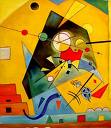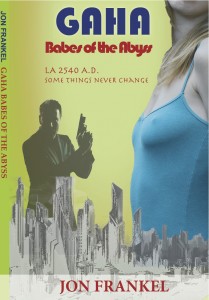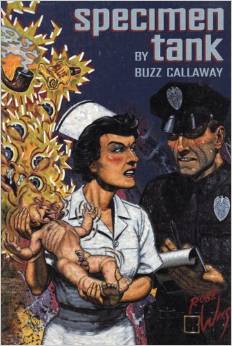Ptyx
SYMBOLIST AESTHETICS AND EARLY ABSTRACT ART
Sites of imaginary space
Â
By Dee Reynolds
Â
Cambridge University Press, 1995
Â
Following up on comments and thoughts in this blogh on Joyce, Jarry, Rimbaud, Mayakovsky, O’Hara, Henry Corbin et al, and inter alia:
Â
“The principle aims of this book are threefold: firstly to reinstate the imagination as a central concept in literary and art criticism; secondly, to redefine the relationship between Symbolism and abstract art in this light….â€
Â
“Rimbaud and Mallarme…. are well known for having achieved new extremes of difficulty in poetry and for their radical questioning of the relationship between the linguistic sign, reality and coded meanings. These two writers are, of course, extremely different, with Mallarme usually being thought of as more ‘formalist’, and Rimbaud as anticipating/influencing aspects of Surrealism. Kandinsky and Mondrian.…are also often thought of as opposites, with Kandisnky breaking into abstraction in a lyrical outburst of colour, while Mondrian ‘geometrizes’….all four poets and painters in question here radically disrupted established codes within their respective art forms and provoked awareness of the problematic nature of the relation between sign and object….[Roman] Jakobson, who was also influenced by abstract painters (including Kandinsky), declared that: ‘the tendency to make the sign independent of the object…is the grounding principle of the whole of modern art’.
“These poetic and artistic practices, then, raised new questions concerning the nature of meaning and reference, and seemed to many to be asserting the autonomy of the linguistic/pictorial sign, causing it to refer to nothing outside of itself. I shall argue, however, that this disruption of communicative codes is not in fact an end in itself, but a means to new modes of signifying, in which the imagination of the receiver performs a central role.†(emphasis added)
Â
Right. Joyce isn’t demonstrating the arbitrary nature of language but rather its superflux of meaning and its ability, along with everything else in the universe, to participate in the ongoing process of creation, of which the imagination is the sexual organ. Meaning is expansive and penumbral.
Â
The common source for these ideas is reached through despised channels of mysticism, Theosophy, Anthroposophy, Blavatsky, Steiner, Swedenborg, and Romanticism broadly conceived: Blake, Baudelaire, Goethe.
Â
“Kandinsky’s and Mondrian’s attraction to…mystical ideas was inseparable from their belief that colour and form could convey content independently of figurative representation. There are striking similarities between Kandinsky’s description of colour and those of Rudolph Steiner….Steiner argued that in the higher state of awareness which he called ‘Imagination’, sense impressions such as colours, sounds and smells could be experienced as creations of the soul or spirit, independently of objects in the real world.
Â
“….Theosophy provided Mondrian with an epistemological framework which influenced and/or corroborated his pictorial theories, including the notorious sets of binary oppositions, which were summarized by van Doesburg in 1929 as ‘The equations of Mondriaan’: ‘Vertical=Male=Space=Statics=Harmony. Horizontal=Female=Time=Dynamics=Melody’ Blavatsky spoke of ‘the celestial perpendicular and the terrestrial horizontal base line’ and observed that ‘the vertical line being the male principle, and the horizontal being the female, out of the union of the two at the intersection is formed the cross’.â€
Â





